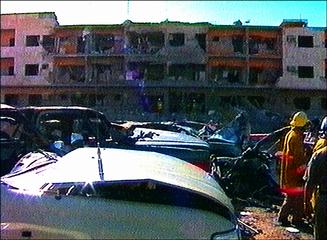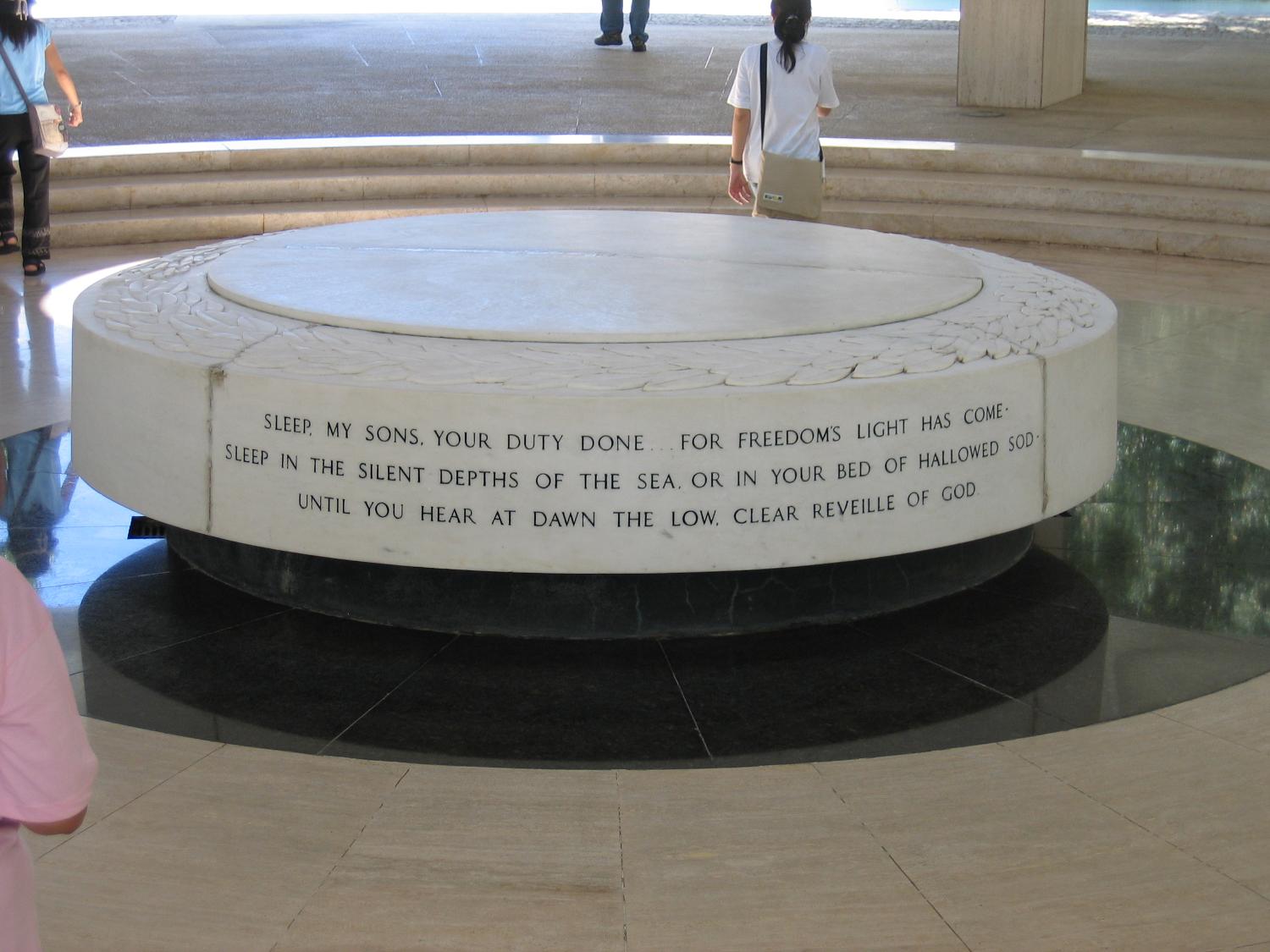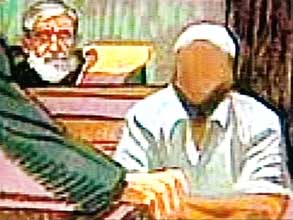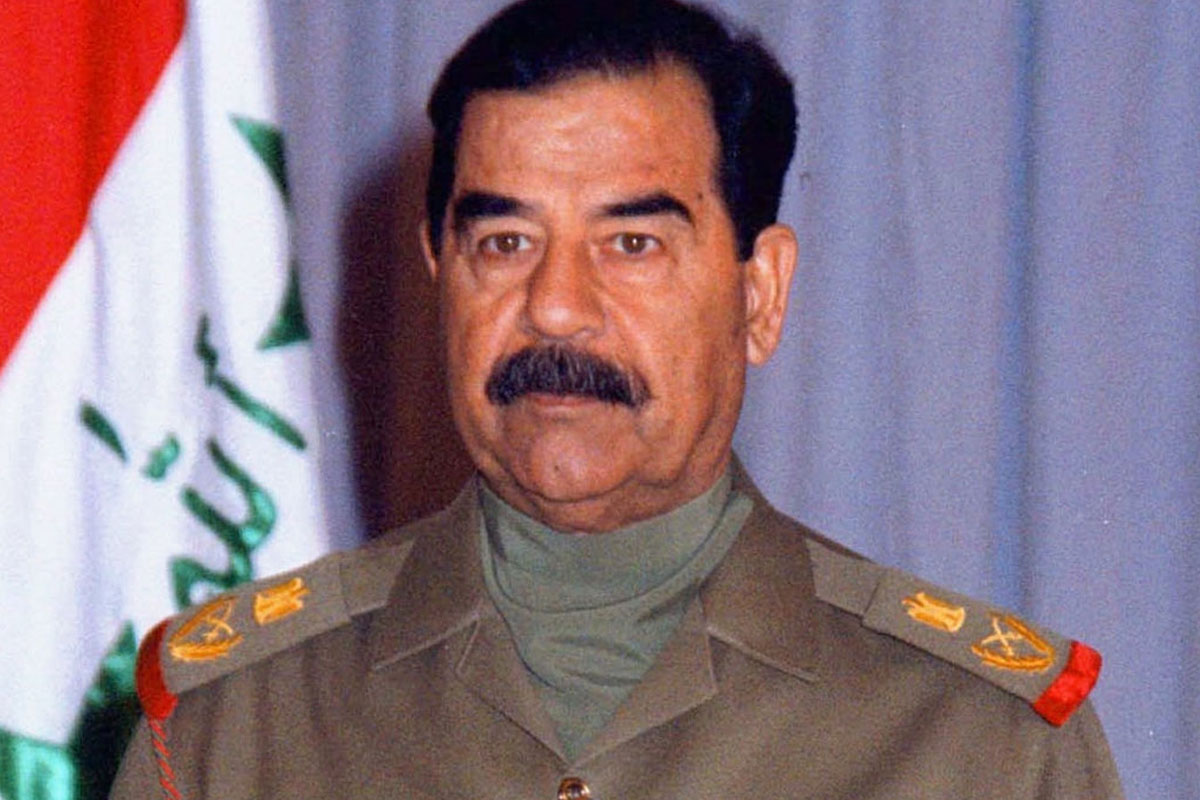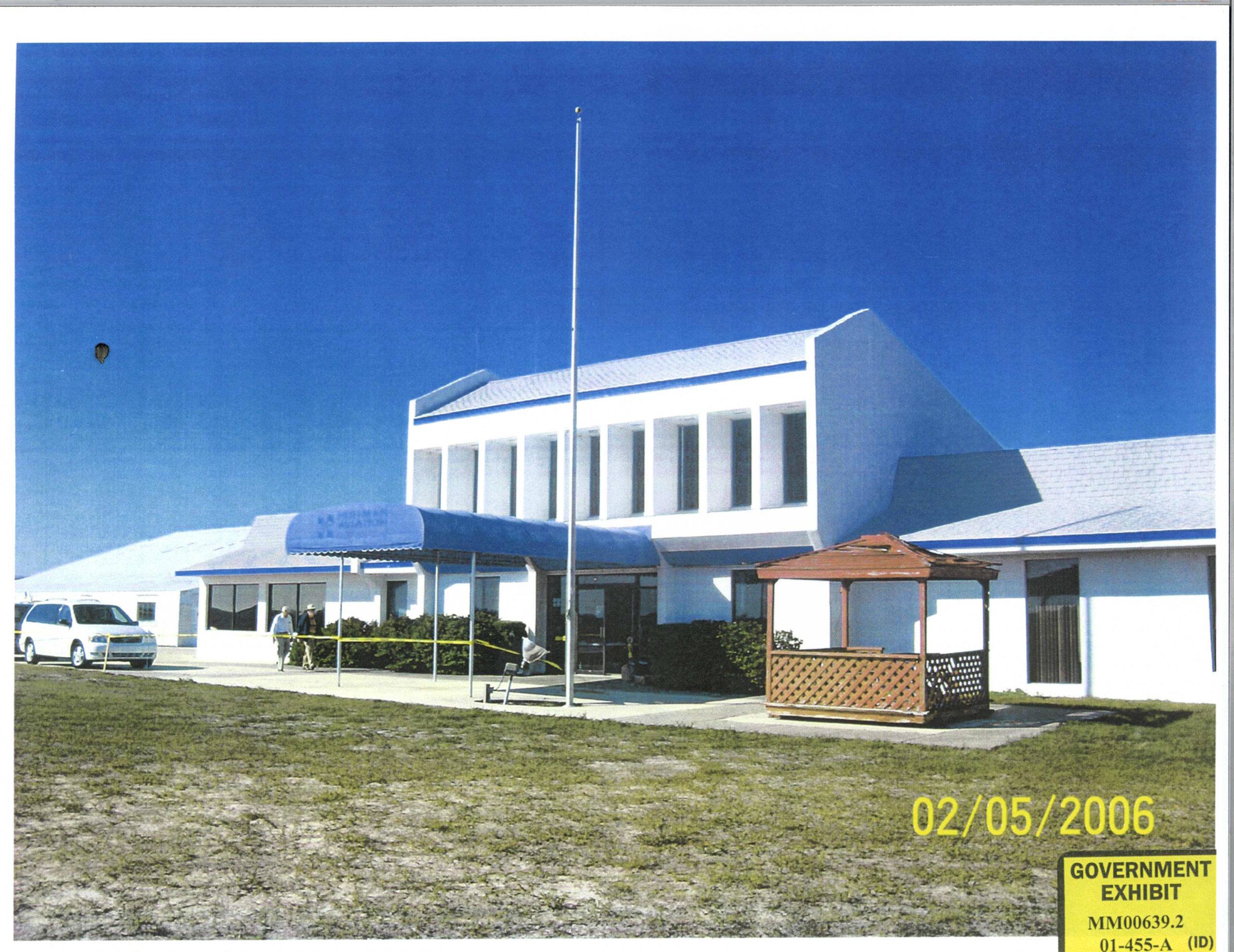In a speech in Sacramento, California, President Bill Clinton portrays a bleak future if nations do not cooperate against “organized forces of destruction,” telling the audience that only a small amount of “nuclear cake put in a bomb would do ten times as much damage as the Oklahoma City bomb did.” Stopping the spread of nuclear materials and not letting weapons “fall into the wrong hands” is “fundamentally what is stake in the stand-off we’re having in Iraq today,” he says.
Clinton asked Americans not to view the current crisis as a “replay” of the Gulf War in 1991. Instead, “think about it in terms of the innocent Japanese people that died in the subway when the sarin gas was released [by the religious cult Aum Shinrikyo in 1995]; and how important it is for every responsible government in the world to do everything that can possibly be done not to let big stores of chemical or biological weapons fall into the wrong hands, not to let irresponsible people develop the capacity to put them in warheads on missiles or put them in briefcases that could be exploded in small rooms. And I say this not to frighten you.”
It is a good reminder that the WMD phantom—with Iraq, North Korea, Iran, etc.—is perpetual and also, short of destroying Iraq and war, we are so unable to peacefully resolve the bigger question of proliferation in the most difficult cases.
